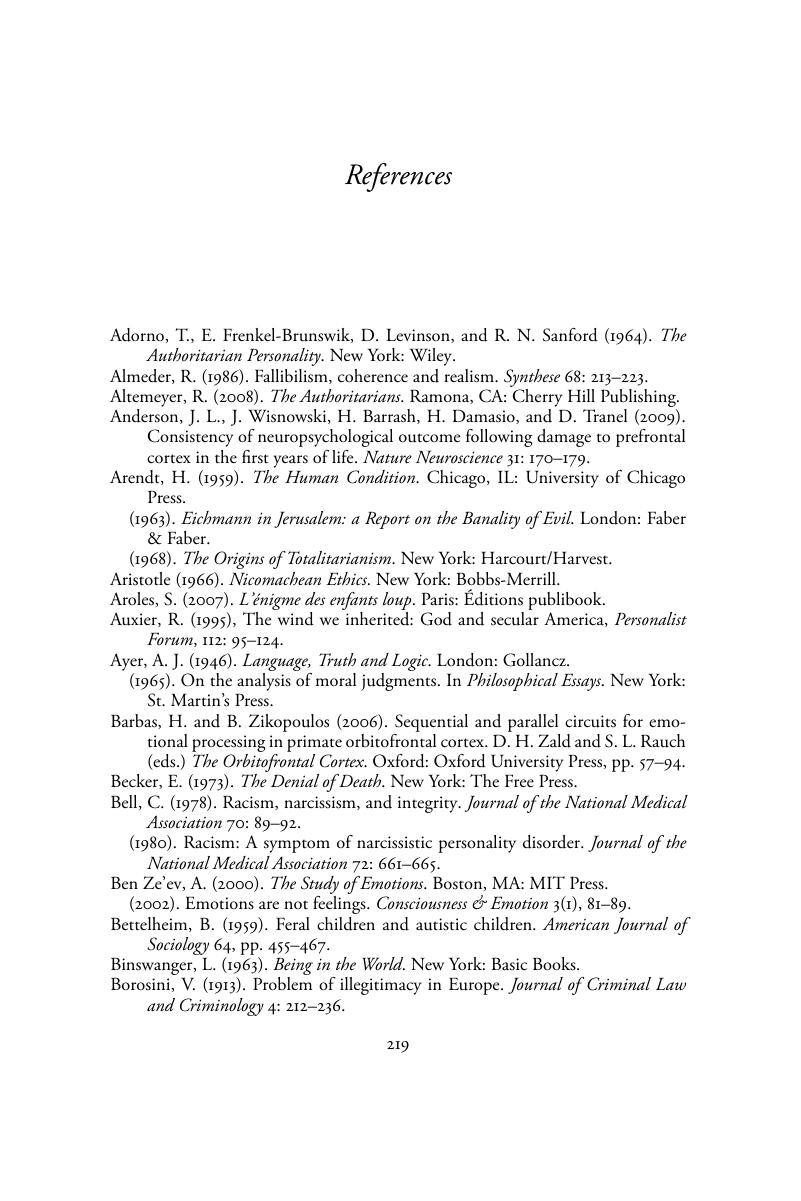References
Published online by Cambridge University Press: 18 December 2017
Summary

- Type
- Chapter
- Information
- The Moral Psychology of Internal ConflictValue, Meaning, and the Enactive Mind, pp. 219 - 230Publisher: Cambridge University PressPrint publication year: 2018



